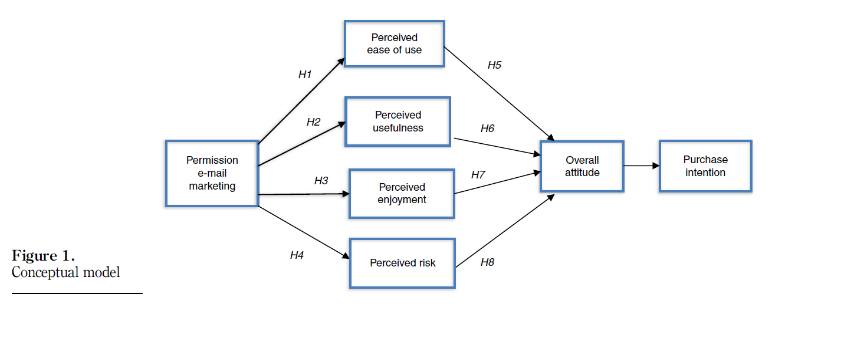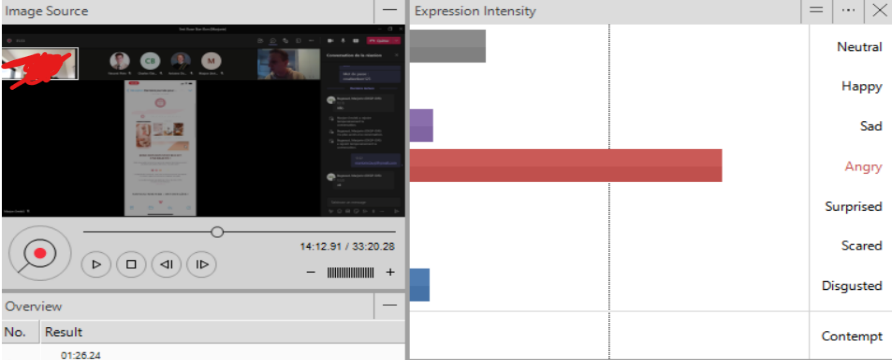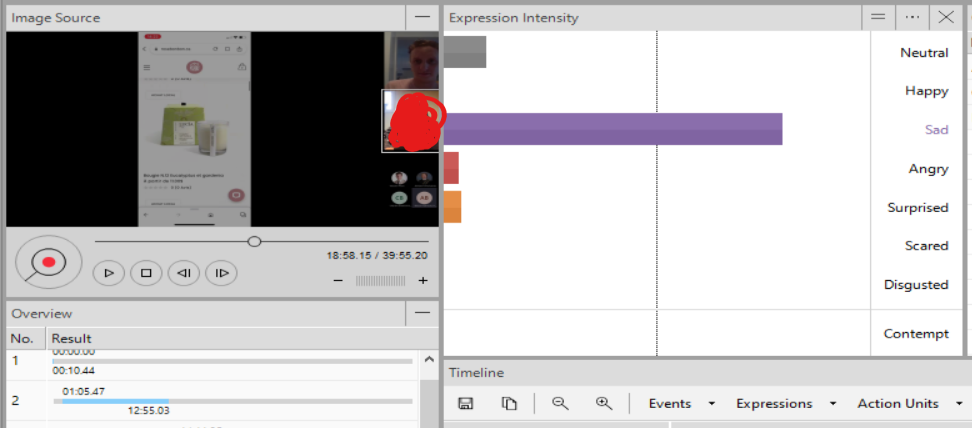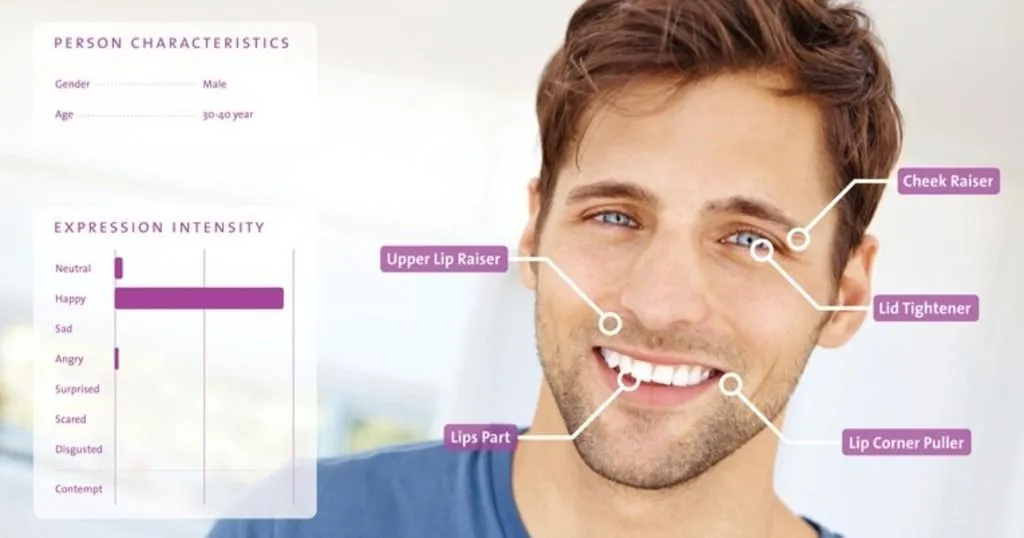The relevance of emotions on the evaluation of a transactional website
A UX test is a method of evaluating a product or service by having users test it. Researchers studied how emotions influence opinions about a website by conducting UX tests.
Posted by
Published on
Tue 19 Apr. 2022
Topics
| Emotions | FaceReader | Measure Emotions |

This article was written by Gabriel Bergeron-Proulx, a master's student in marketing at the University of Sherbrooke, Quebec, Canada. It explains the usefulness of a facial expression analysis software in the context of a customer retention mandate for a company's digital environment (digital marketing).
Marketing Retention Mandate
Customer retention is defined as a company's ability to keep its customers, i.e. to make them loyal so they continue to use the services over a given period of time. Therefore, customer retention is a strategic objective.
Usability testing (UX Test)
In order to conduct a retention quality analysis of a lifestyle company's digital environment, we evaluated its website, its Instagram social network, and a promotional email. We randomly selected 12 volunteers to conduct user testing (UX research) of the company's digital media. Usability testing is a method of testing the functionality of a website, app, or other digital product by observing real users as they attempt to complete tasks on it.
Volunteers completed a sign-up sheet promoted on the company's Facebook page.
Our UX test consisted of 4 tasks:
- Create an account on the company's website.
- Add a comforter cover and a puzzle to the shopping cart and go to the checkout process.
- Read the promotional email message and click on a link to the website.
- Take notice of a product promotional post on the company's Instagram page and find it on their website.
The tests took place over a period of one week. Once the UX tests were completed, we conducted one-on-one interviews to learn more about the user experience. All tests and interviews were conducted via video conference using the Teams platform and were recorded. We then conducted an emotional analysis of the UX test recordings using FaceReader software.
How did FaceReader help to deepen our observations?
Non-verbal behavior is a strong indicator of how our subconscious works. Non-verbal communication goes beyond what participants perceive of themselves. Therefore, it can be an effective way to target a sensitive point in them without them even being aware of it [1].
For example, in our analysis of the emotions of our UX tests for emails, we detected several times that consumers tend to click on the company's logo to access their website. In our case, the logo does not offer the possibility to redirect to the company's website, which created frustration for the users.
In the individual interviews, no participant mentioned that this element seemed to affect them. Yet, these micro-moments are crucial in digital marketing as consumers expect to have everything within a click's reach [2]. They are immersed in a world of choice and therefore, they will not hesitate to look elsewhere at the slightest hitch.
For a marketing email to be effective, it needs a perceived enjoyment in the eyes of consumers [3]. Automatic facial expression analysis with software such as FaceReader is then particularly useful for targeting the "silent" strengths and weaknesses of a digital communication channel to improve its effectiveness.

Figure 1: Conceptual framework [3]

Figure 2: Moment of frustration when trying to click on the logo

Figure 3: Moment of sadness during research via an Instagram post
Benefits of using emotion software
When analyzing emotions, researchers always face the same problem related to emotion measurement: subjective self-report methods are highly biased. It is difficult to confirm what the participant says.
On the other hand, objective methods of direct measurement of emotions such as facial electromyography require expensive tools and a well-defined context, which makes it difficult to collect and interpret the data.
Today, emotion measurement through the use of software can be done at fairly low cost and is extremely easy to implement; we can record the facial expressions that lead to emotions remotely or face-to-face with everyday tools such as a cell phone, a webcam, a tablet, or a computer. Moreover, the considerable advantage is that this technology is not at all intrusive for consumers, which allows us to collect data that is more true to reality.
References
- Stewart, D.W.; Hecker, S. & Graham, J.L. (1987). It's more than what you say: Assessing the influence of nonverbal communication in marketing: ABSTRACT.Psychology & Marketing (1986-1998), 4(4), 303.
- Solis, B. (2017). Impatience Is A Virtue: How The On-Demand Economy Is Making Mobile Consumers Impatient. Forbes, accessed at 23 October 2021.
- Reimers, V.; Chih-Wei, C., & Gorman, S. (2016). Permission e-mail marketing and its influence on online shopping. Asia Pacific Journal of Marketing and Logistics, 28(2), 308-322. https://doi.org/10.1108/APJML-03-2015-0037
Related Posts

What is Galvanic Skin Response?

Behavioral techniques to empower consumers: resisting persuasion by controlling


